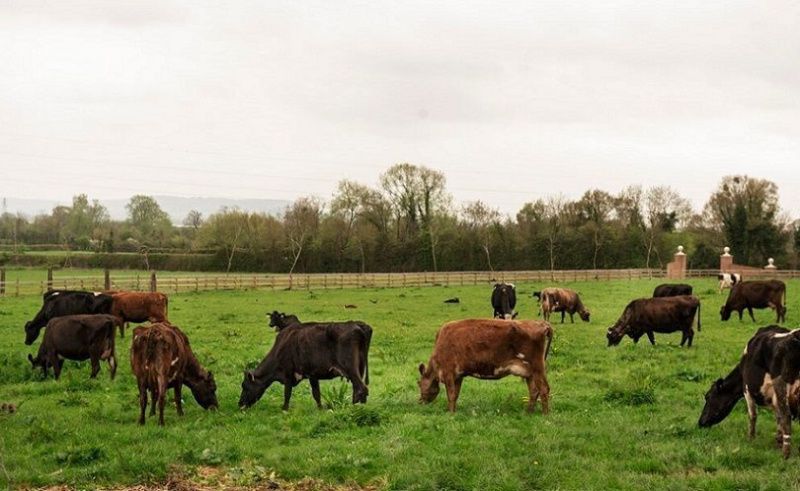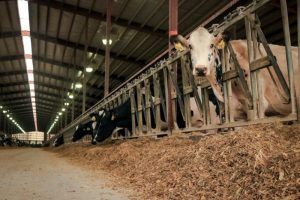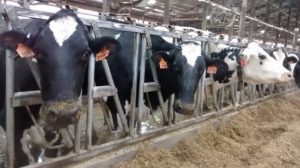
The U.S. dairy industry has undergone significant consolidation over the past generation, with two out of every three dairy farms vanishing. Despite this reduction, milk production has increased by a third.
According to USDA analysts, while the number of dairy cows has decreased, those remaining have become more productive, and large-scale dairy farms, with over 2,000 head, now produce 39% of the nation’s milk supply.
California and Wisconsin remain the leading states in milk production, contributing to one-third of the total output. However, the industry has seen substantial restructuring over the last 20 years. In 2023, there were 26,290 licensed dairy herds, down from 70,375 in 2003. Despite the decline in the number of herds, milk production rose to 226.4 billion pounds last year, a 33% increase from 170.3 billion pounds two decades ago.
Texas and Idaho have emerged as major dairy producers, each accounting for 7% of the U.S. milk supply and joining the top five dairy states. California’s share of production has decreased to 18%, a 3 percentage point drop, while Wisconsin’s share has grown to 14%, a 1 percentage point increase from 2002. Larger dairy farms, particularly in the West, have become more prevalent and efficient.
The Economic Research Service report notes that larger dairy farms have not only grown in size but also in specialization, focusing more on dairy production and less on other farm commodities. These farms rely more on purchased feeds rather than homegrown ones and are more likely to adopt advanced technologies, management practices, and production systems.
You can now read the most important #news on #eDairyNews #Whatsapp channels!!!
🇺🇸 eDairy News INGLÊS: https://whatsapp.com/channel/0029VaKsjzGDTkJyIN6hcP1K

























